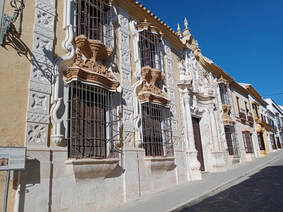
Moving on to the fourth bridge, I briefly explored a few hundred metres along the gravel track running along the unfinished AVE line before heading for the track leading to the Lesser Kestrel Tower (at GPS 37.3076, -5.2314) which is an area where I've seen sandgrouse in the past. I failed in my quest but had a further two Great Bustards fly over (making my total for the day 56 birds) and a couple of Dartford Warblers. Less happily, I also saw further evidence of the encroachment of new olive groves on previous bustard/sandgrouse habitat (see photo).
I also managed to explore a couple of areas I'd not looked at before or hadn't done so for a long time. The first was the Vereda del Alamillo off the SE 715 which I'd passed many times and stopped at before but never fully explored. This time I walked c1 km down the track to and under the unfinished AVE railway line (although in doing so I discovered the track was perfectly drivable). En route I saw disappointingly little (House & Spanish Sparrows & Corn Bunting). Beyond the AVE line I had views across towards the tower constructed for Lesser Kestrels (in theory at least this track should link up with the track there but it is very degraded and suitable only for exploring on foot). I also confirmed that the track back towards the 4th bridge was still in good condition and decorated with 'official' signs' (implying public access). In the other direction the track seemed to be degraded as it ran uphill. This track eventually reaches the SE 7201 but exit is prevented by a chain (see photo). A track on the other side of the AVE track was in a far worse condition. I remain uncertain whether either track allows public access to or an overview of Laguna de los Ojuelos (although eBird reports suggest there is some sort of access is possibly by prior arrangement by the estate). Caution is advised as the estate raises fighting bulls ...
The second area I explored was along a track that's a westwards extension of the SE 715. This track soon becomes badly rutted and peters out after c500m just after it reaches a bare stony field. Black-bellied Sandgrouse have been seen in this area and the habitat (to my eye at least) looks ideal. Below at the foot of the hill lies the dry bed of the Arroyo Salado which also looks like suitable sandgrouse habitat. It may be possible to get a better view of this area by following the track immediately north of the AVE line where (after c1 km) another bridge crosses the unused railway (but not the active one).
If you want to see Black-bellied Sandgrouse and both bustards in Andalucia my advice, considering the continuing growth of olive plantations, is to go as soon as possible.

With a dozen or so White Stork nests (most already occupied) dotted around the site certainly lived up to part of its name which means "Hill of the White Storks Marsh" but the flat open landscape offered no hint of a hill as far as I could determine. The fences surrounding the reserve are punctuated by two daunting-looking gates both of which, happily, proved to be unlocked. The hide has a good view across what would be after a wet winter a small shallow laguna. It was dry when I visited but eBird reports suggest it could hold Whiskered Terns, Glossy Ibis, egrets, various waders, hirundines, etc. There was a small wet area behind the levee on my visit (see photo) which had a couple of Black-winged Stilts, 4-5 Avocets and a single Glossy Ibis. The broad Cano de la Vera nearby was dotted with shallow puddles (see photo) which could well attract Pratincoles, waders, hirundines, etc if still present in spring.
A noticeboard here gave some background about the site:
The Ecological Reserve "Humedal Cerro de las Cigüeñas" is declared with this figure of protection on the 19th December 2017.
It is a wetland located next to the Caño de la Vera, in the north-western part of the municipality of Los Palacios and Villafranca, in an old marsh area of the Guadalquivir river, which is currently highly modified by human activities. It has totally lost the tidal influence due to the multiple channels and dikes that have replaced the natural channels. Its waters essentially come from direct precipitation, surface runoff and artificial inputs through irrigation ditches and drainage from nearby cultivated areas. Despite this input, the wetland is seasonal, becoming completely dry during the summer period or maintaining very low water levels in the summer months, if rainfall and crop irrigation are scarce. Due to its characteristics and location to the nearby Coto Doñana marshes, this wetland is important for birds linked to wetlands.
It is included within a property owned by the City Council and has an extension of approximately 21.67 Ha. of which some 5.37 Ha. correspond to the floodable area. This, specifically, is not a natural wetland but arises from the closure and environmental restoration of an old uncontrolled landfill of urban solid waste in which the extraction of solid waste accumulated for years was carried out and sealed in 1997. Open for public use. (Translated with minor modifications by Google).
The Los Palacios y Villafranca council is also responsible for the hide and other work at Humedal El Pantano and must be congratulated not only for conserving these sites but also encouraging public access. I wish other local councils in Spain did half as much!
The new noticeboards here give some interesting background to the site. The Google translation of the noticeboard (slightly amended) reads:
HISTORY AND RELEVANT INFORMATION
The Ecological Reserve "El Pantano" was declared on October 30, 2018. It has a flat morphology located in the zone of the transformed marsh, whose substratum is made up of Quaternary deposits. Ther artificial drainage and the Caño de la Vera accumulates water for long periods, generating detrital aquifers. Within the area you can differentiate three zones: the wet zone of about 14 hectares, a dried and cultivated zone of 21 hectares and another zone, also dried, separated from these two on the other side of the first arm of the Caño de la Vera occuping about 17 hectares. The characteristic vegetation of the area and its distribution are conditioned by two main factors, the duration of the flooding and the degree of salinity. The role played by these natural spaces in an environment as anthropic as this one is essential, especially as a refuge for birdlife. A large amount of zooplankton, water fleas, insects and various molluscs are found in the water. The abundance of the introduced Red Swamp Crayfish is remarkable. Among the vertebrates we find Common Frog, Ocellated Lizard and the water snake (presumably Viperine or Iberian Grass Snake - JC) , together with fish, including carp and eels. But the greatest value and attraction of these natural spaces is the abundance and diversity of waterfowl. Some species use these wetlands as a resting and feeding place during their migrations to Africa and others breed here. Respect the reserve and private property.
I wish other municipalities were as active in preserving wetland habitats and trying to make them accessible to visitors as Los Palacios y Villafranca! The contrast with my visit to Lantejuela is telling.
However, I was delighted to be able to join the protest march for the restoration of part of the ancient laguna. This is a fantastic and well-thought through project that could transform the area for birders. My Spanish is shamefully poor but I was pleased to pick up in the speeches references to the pioneering efforts of Brits in discovering the ornithological delights of the Laguna de La Janda. See also - Cientos de personas marchan entre Barbate y Vejer para pedir que se recuperen los humedales de la Janda (lavozdelsur.es)
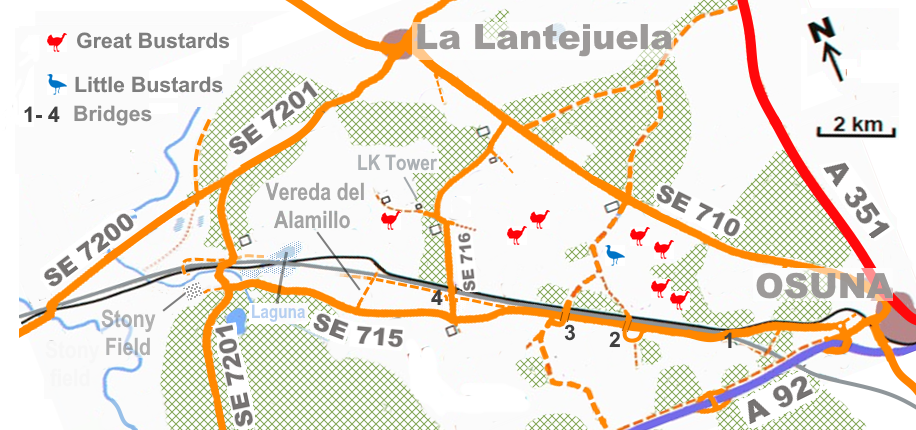
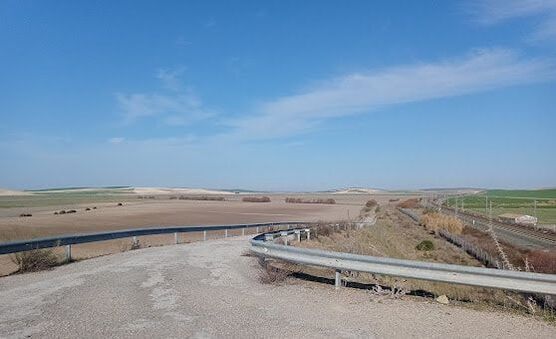
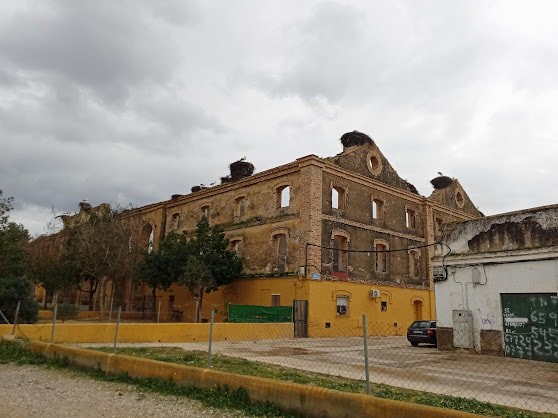
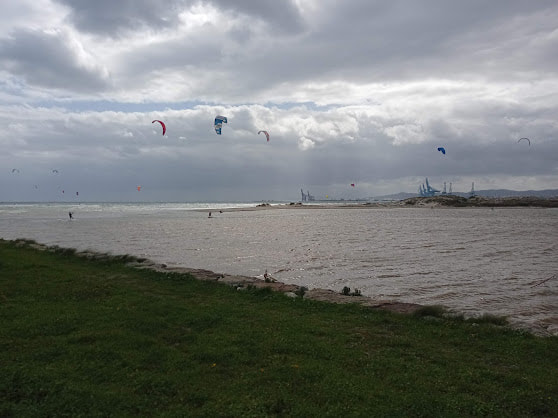
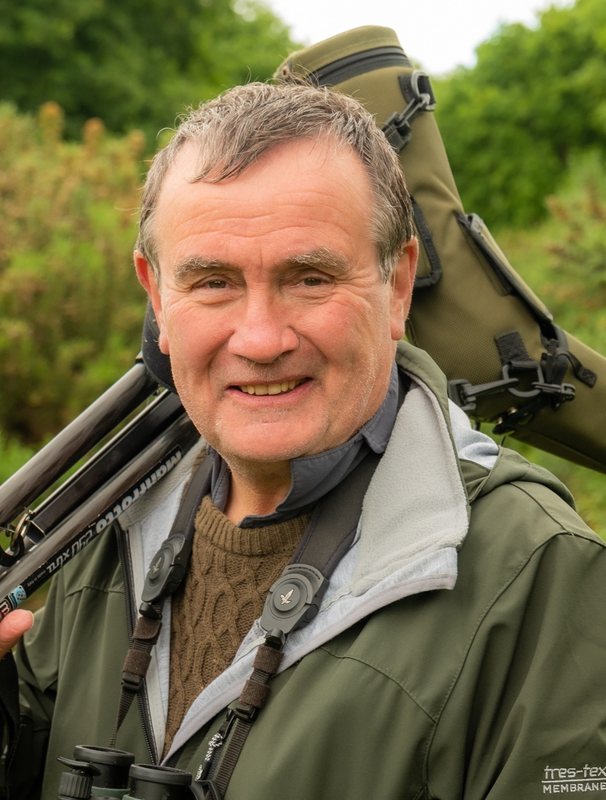
 RSS Feed
RSS Feed
